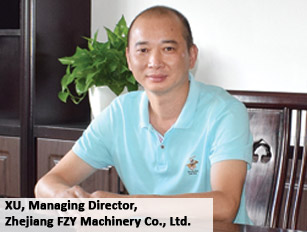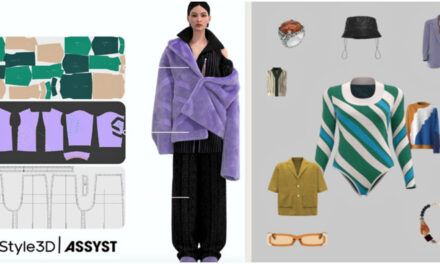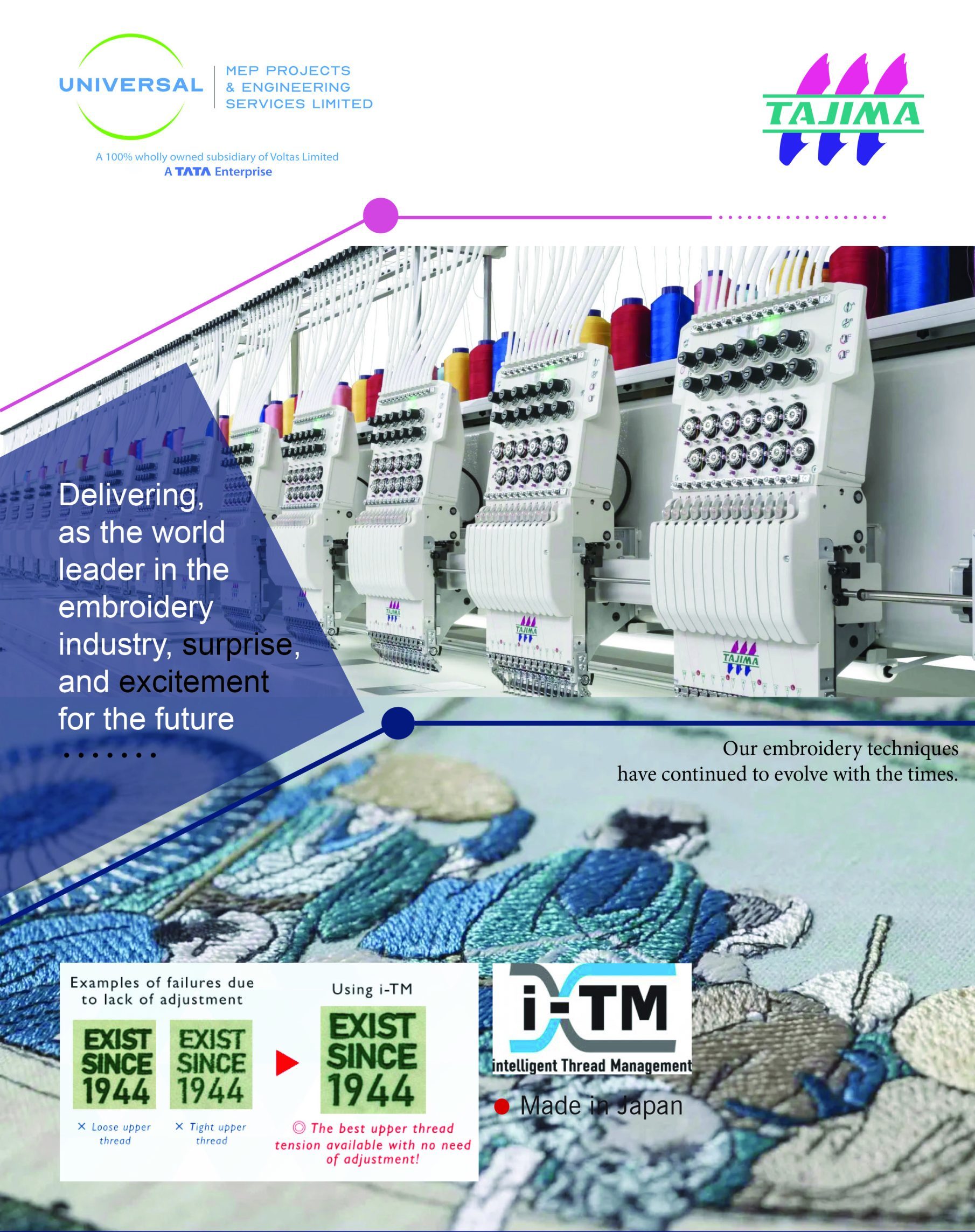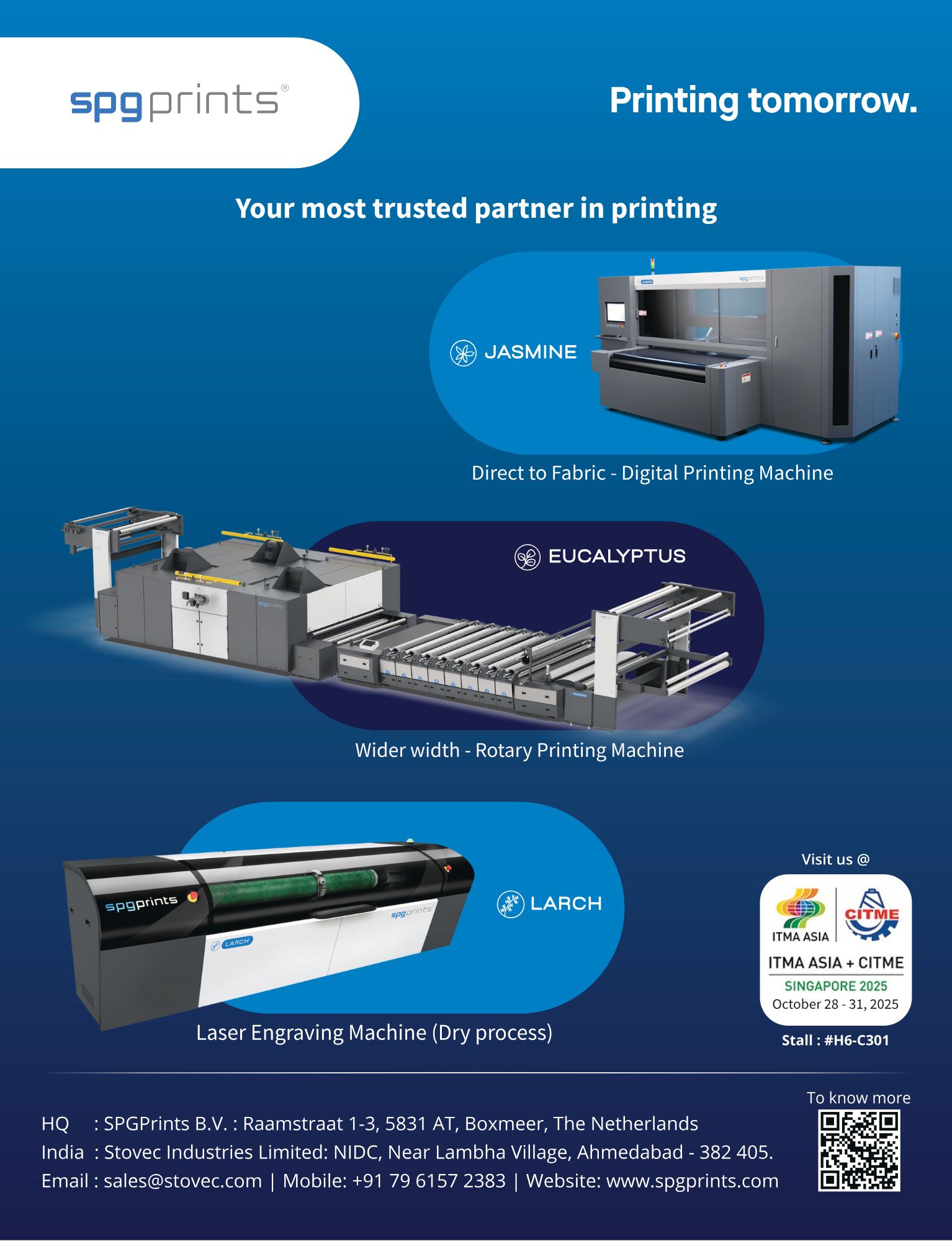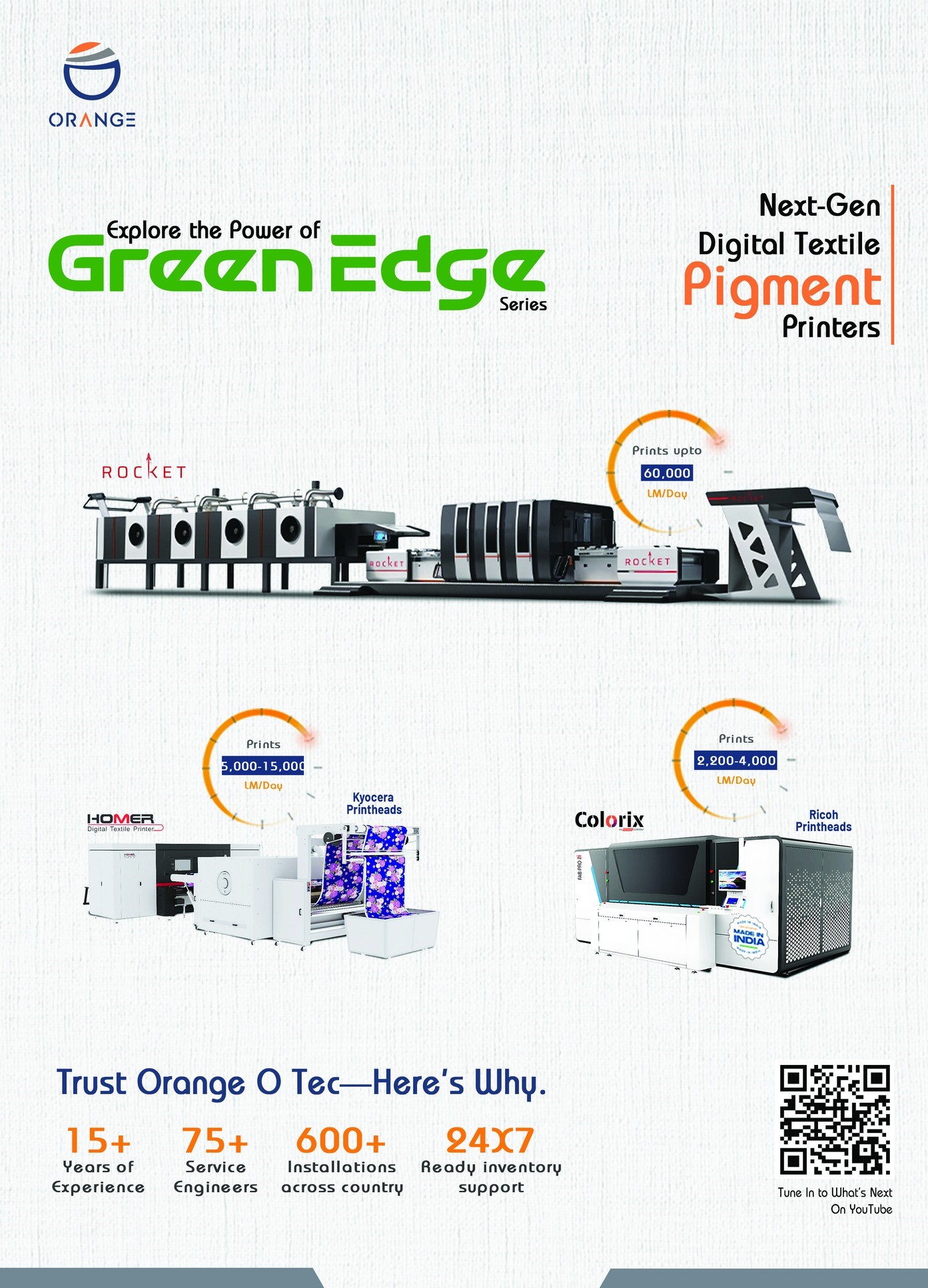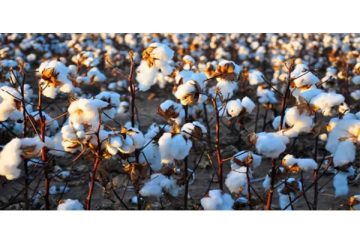
Mohammad Bilal, Senior Brand Executive & Country Manager, Ashima Machinery (Ample Garment Machinery)
When you think of starting a business in garment manufacturing, the first thing you should do gather is knowledge on machinery and basic equipment you need for making the garments manufacturing. There is a wide range of machineryfor different processesin apparel manufacturing from design development to fabric checking to garment packing. What types of machines and technology one need to install for the manufacturing business, depend on the product variety and investment capability?
Starting a business in the garment industry can be considered as one such good option. You can startyour businessin the garment manufacturing sector or start your own clothing label (brands) and open a retail store. Anyone can enter into the garment manufacturing business. I have seen many newcomers are from different fields like IT professionals, bankers, and HR professionals who have started their businessin thisindustry
In this article, Ample GarmentMachinerywill provide you information for alltypes of machinery and equipment required for setting up a garment manufacturing business. Ifyou look at garmentmanufacturing processes,theyinvolves processes like – sample development, pattern making, fabric inspection, fabric spreading, fabric cutting, garment stitching, garment checking, garment pressing, repair work, garment folding, and packing. In all these processes, a different set of machinesis used. The majority of machines are stitching machines.
Fabric Testing and Fabric Inspection
In garment manufacturing, fabric plays an important role in garment quality and product valuation as well as customer demand. Secondly, 60-70 percent of the cost is incurred in fabrics in total garment costing. That is why purchasing the right quality fabric for your products is necessary. For verifying the fabric quality parameter, garment manufacturers prefer to set-up in house fabric testing.
Fabric Spreading Machines
For small-scale garment manufacturing, manual spreading is viable. But if you want to scale up your business, improve cutting room productivity and reduce cutting room manpower, automatic spreading machines must be considered
Product Designing and Pattern Making
For the pattern making of the sample products, you may be interested in software. For this, you can purchase CAD (computer-aided design). There are other components of the CAD systems – pattern grading, marker planning, nesting and pattern digitization. For printing the marker paper, you need a plotter machine. With the help of CAD software, you can estimate fabric requirements accurately and improve the garment fit.
Cutting Room Machines and Equipment
With the technology advancement, cutting automation is preferred by medium and large-scale garment manufacturers. Cutting room efficiency is improved by many folds after using an automatic textile fabric cutting machine.
Sewing Machines
Sewing machines are the heart of the garment manufacturing factories. Different types of sewing machines are available for making the garment products. You need to select the right mix of sewing machines for your products or product groups. For the selection of sewing machines and the number of sewing machines needed to be purchased for setting up your factory, you can take advice from an expert in industrial engineering in Ample Garment Machinery.
Finishing Machines and Equipment
Various types of finishing equipment are required. Like, garment pressing equipment – vacuum table and steam iron for pressing garments.
Garment Packing
Garment folding is normally done manually. But a garment folding template is available in the market. In the garment packing stage, hangtags must be attached to the garment. For tagging, you need a tag gun machine.
If you are making garments, one of the compliance parameter is that all garments must be passed under needle detector machines. You may need to buy a needle detector machine



